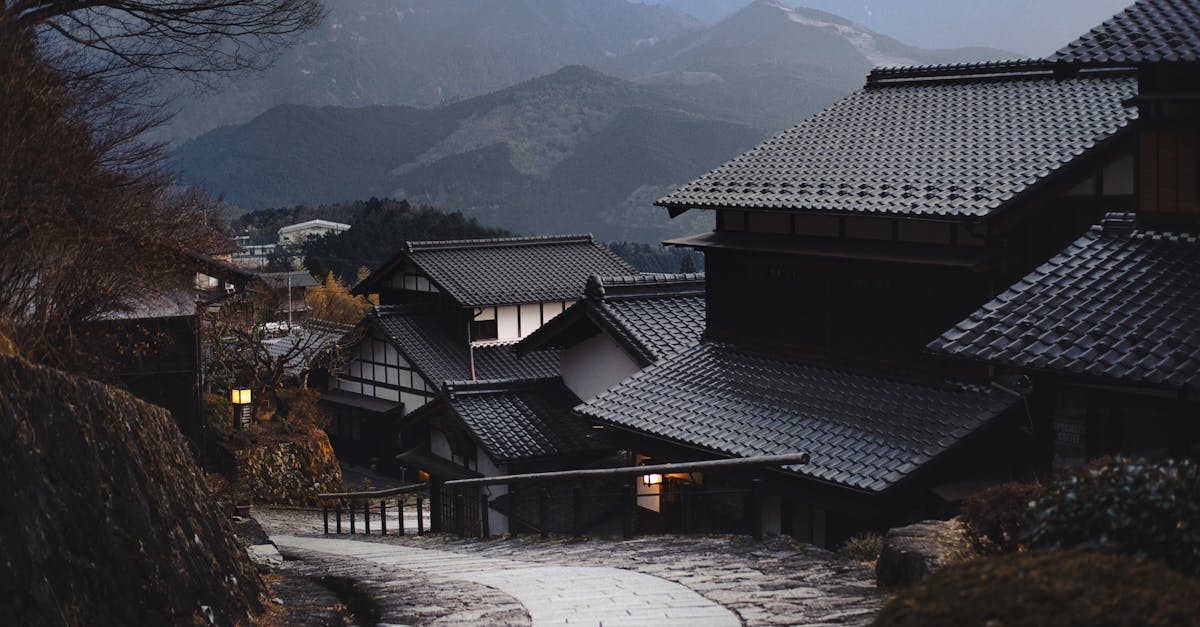Comparing Quotes for Colorbond Roof ReplacementWhen considering sustainability factors, it is important to assess the energy efficiency of both terracotta and Colorbond materials. Terracotta tiles are known for their thermal mass properties, helping to regulate indoor temperatures and reduce energy consumption for heating and cooling purposes. Colorbond roofing, on the other hand, can be coated with specially formulated paints that reflect solar heat, reducing the overall energy required to maintain a comfortable indoor environment. By evaluating these sustainability factors, homeowners can make an informed decision that aligns with their environmental values and contributes to a more sustainable future.
Maintenance Comparison Between Terracotta and Colorbond Roofs Maintenance for terracotta and Colorbond roofs differs significantly. Terracotta tiles require regular inspections to ensure they are intact and free from cracks or damage. Cleaning terracotta roofs involves gentle washing to remove moss, algae, and other debris which can build up over time. Additionally, terracotta tiles may need re-sealing occasionally to maintain their waterproofing properties. On the other hand, Colorbond roofs are relatively low maintenance, requiring occasional cleaning to remove dirt and debris. Checking for loose screws and ensuring the protective coating remains intact are essential maintenance tasks for Colorbond roofs. Both terracotta and Colorbond roofs benefit from routine maintenance to prolong their lifespan. However, the frequency and extent of maintenance tasks vary between the two materials. Terracotta roofs may require more frequent attention due to their susceptibility to cracks and damage, while Colorbond roofs generally offer a more durable and low-maintenance option. Ultimately, a proactive approach to maintenance can help ensure the longevity and performance of either terracotta or Colorbond roofing systems.2024-07-15
Care and Upkeep of Terracotta vs Colorbond Roofing
What is the maintenance comparison between terracotta and Colorbond roofs?Terracotta roofs require minimal maintenance due to their durability, while Colorbond roofs may need regular inspections and upkeep to prevent corrosion and damage.
Terracotta roofs should be cleaned regularly to prevent moss and algae growth, while Colorbond roofs can be maintained by removing debris and ensuring gutters are clear of blockages.What should I consider when comparing quotes for Colorbond roof replacement?Are Colorbond roofing solutions more cost-effective than terracotta tiles in roof replacement?Colorbond Roof Replacement Melbourne
While Colorbond roofing solutions may have a lower upfront cost compared to terracotta tiles, the longevity and durability of terracotta tiles can make them a more cost-effective option in the long run.
How can I negotiate and finalize the quote for Colorbond roof replacement?
Innovations in Terracotta Tiles for Colorbond Roof Replacement
What information should I seek regarding warranty and insurance for Colorbond roof replacement?Enhancing Energy Efficiency with Terracotta Tiles in Colorbond Roof Replacement
Understanding the Longevity of Colorbond Roofing
2024-07-15
FAQS